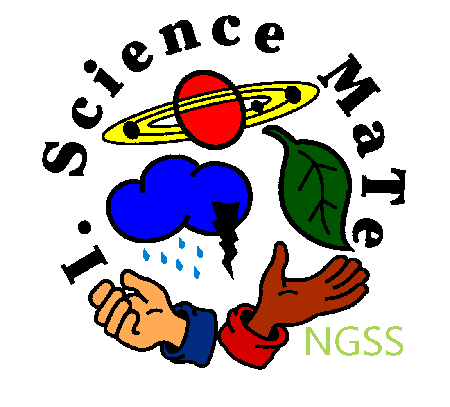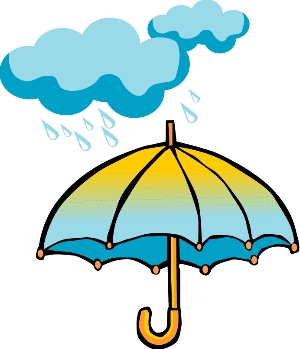|
|
Kindergarten |
||
OBJECTIVES:
VOCABULARY:
MATERIALS:
Clouds by M. Doherty
Students learn early that clouds are "puffy balls of cotton" in the sky.
However, many may not realize that clouds are really another form
of water. Evaporation or the
process involved in changing water from the liquid state to the gaseous
state is very important in the conversion.
Introduce to students that clouds are really the gaseous state of
water and are produced within the atmosphere.
Clouds are groups of tiny
droplets of water, or sometimes ice, that form around dust in the
atmosphere. Water remains
suspended in the air, because the drops are so tiny, Clouds are usually
described by technical names (i.e., cumulus), but they can also be
described by what they look like (i.e., puffy).
Usually learning the technical names is not difficult for children,
as long as they have an associated image.
Do not give the children these terms unless you have pictures
associated with them.
A system for naming clouds was developed by Luke Howard, an English
pharmacist in 1803. He
identified ten distinct categories of cloud, all of which are variations
on three basic cloud forms including puffy cumulus clouds, stratus clouds
forming in layers, and feathery cirrus clouds.
This system proved so simple and effective that it is basically
used by meteorologists today.
There are 4 major terms that help describe clouds.
"Stratus clouds," are grey, and float low in the sky, flat as
sheets and may bring rain or drizzle. "Cumulus clouds" are white, and pile
high in the air. That means
fair weather is coming. "Cirrus clouds” are white and curly.
They float highest of all and bring a change of weather. "Nimbus”
in a cloud name refers to clouds that are dark, which usually mean rain or
snow. Cumulo-nimbus is a
cumulus cloud that usually means rain in the forecast.
Fog is just a cloud that is close to the ground.
Scientifically clouds are classified by their altitude and a combination
of the stratus, cumulus, cirrus, and nimbus to further sort them.
However, students need to associate nimbus, stratus, cirrus, and
cumulus with correct images before they can really learn to describe the
clouds that they see in the sky.
1. Ask students if clouds are in outer space.
No, because clouds require air and water vapor to “live.”
Clouds on our Earth exist in our “Atmosphere.”
The atmosphere is an envelope of air and water vapor that surrounds
the earth. Students sometimes
have problems understanding that clouds are actually “lighter” than the
air. You may want to use the
Italian Dressing (oil and vinegar with spices) to demonstrate that even
though the oil looks heavier than the water, the oil will float. Remind
students that “air” is a substance that takes up space.
2. Ask students if clouds are all the same shape.
No, clouds, come in many different shapes.
Ask students if clouds are the same color.
No, mainly they are white, but can be dark gray.
During sunset or sunrise clouds can reflect the colors of the Sun
through the atmosphere and makes pretty colors.
4. Read the poem on Clouds by M. Doherty.
The pictures with the poem can help students visualize the
different types of clouds. 6. If you have spare time at the end you can play the song again. At kinder age they like repetition and the second time around they are "in" on the Uncle Dan joke so they enjoy it even more. |
|||

